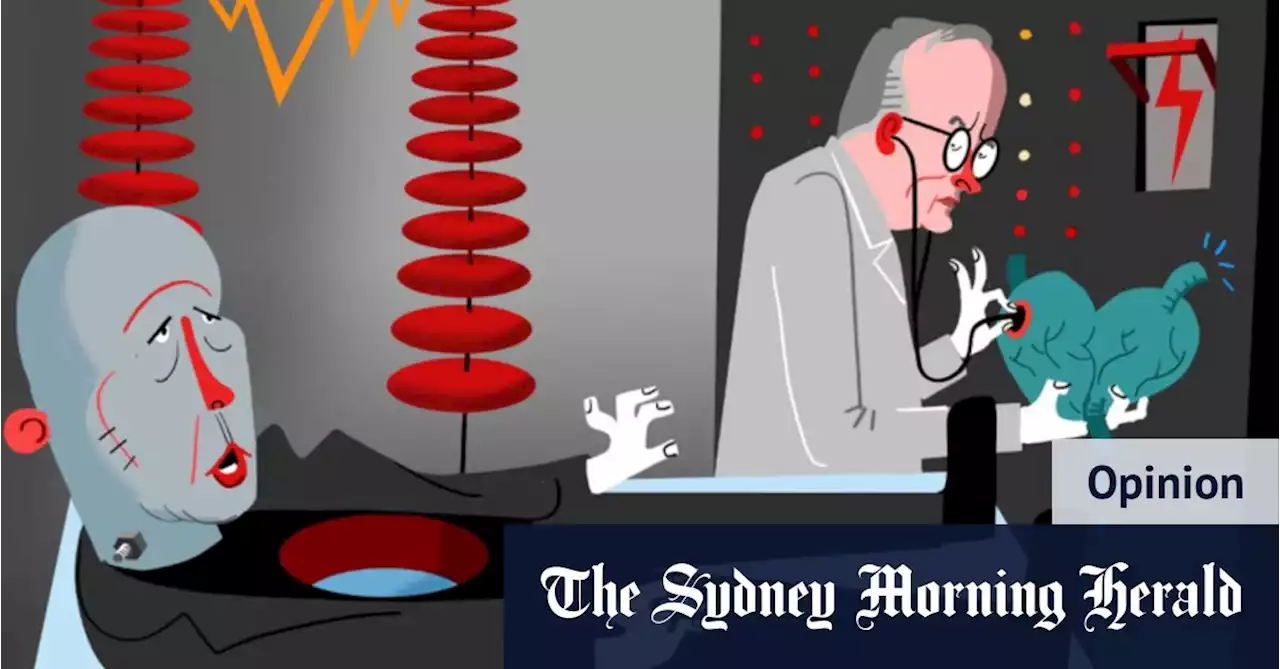Opinion: The new secret to power: Albanese can only keep it if he’s willing to share it | George Megalogenis
Anthony Albanese allowed himself a moment of “I told you so” indulgence this week when he formally welcomed his Labor team back into government, after nine years in the wilderness. He told the caucus room it was his idea to launch their election campaign in the former Liberal heartland of Perth.
The defection of once-safe Liberal seats to the teal independents in Sydney, Melbourne and Perth, and to the Greens in Brisbane, compounded the losses of marginal seats to Labor. The Coalition might have weathered one storm, but not both. It goes into opposition with barely a third of the seats in the lower house – 58 out of 151.
While Albanese can look forward to wall-to-wall Labor governments on the mainland in the short term if Daniel Andrews is returned in Victoria, and Dominic Perrottet falls in NSW, history says the state cycle will eventually run in the opposite direction. Albanese needs to embed a new model of co-operative federalism before he starts losing Labor colleagues at the state level of government. Otherwise, he risks a future like Morrison, where the premiers help decide a federal election.
This is not a bad thing because the successful candidates in every contest happened to look like their electorates. But it does underline the paradox of a more representative parliament. The party in power faces an opposition and crossbench drawn from parts of Australia that are potentially beyond its own life experience.
The teals picked up two from the Liberals in the top 50, namely North Sydney and Josh Frydenberg’s Kooyong, . The other four – Goldstein in Melbourne, Wentworth and Mackellar in Sydney, and Curtin in Perth – were all outside the top 50, as were the three Green gains in the Queensland capital, Brisbane and Ryan from the LNP, and Griffiths from Labor.This suggests the Greens threat to Labor is not yet on the same level of existential crisis as the teals present for the Liberal Party.
